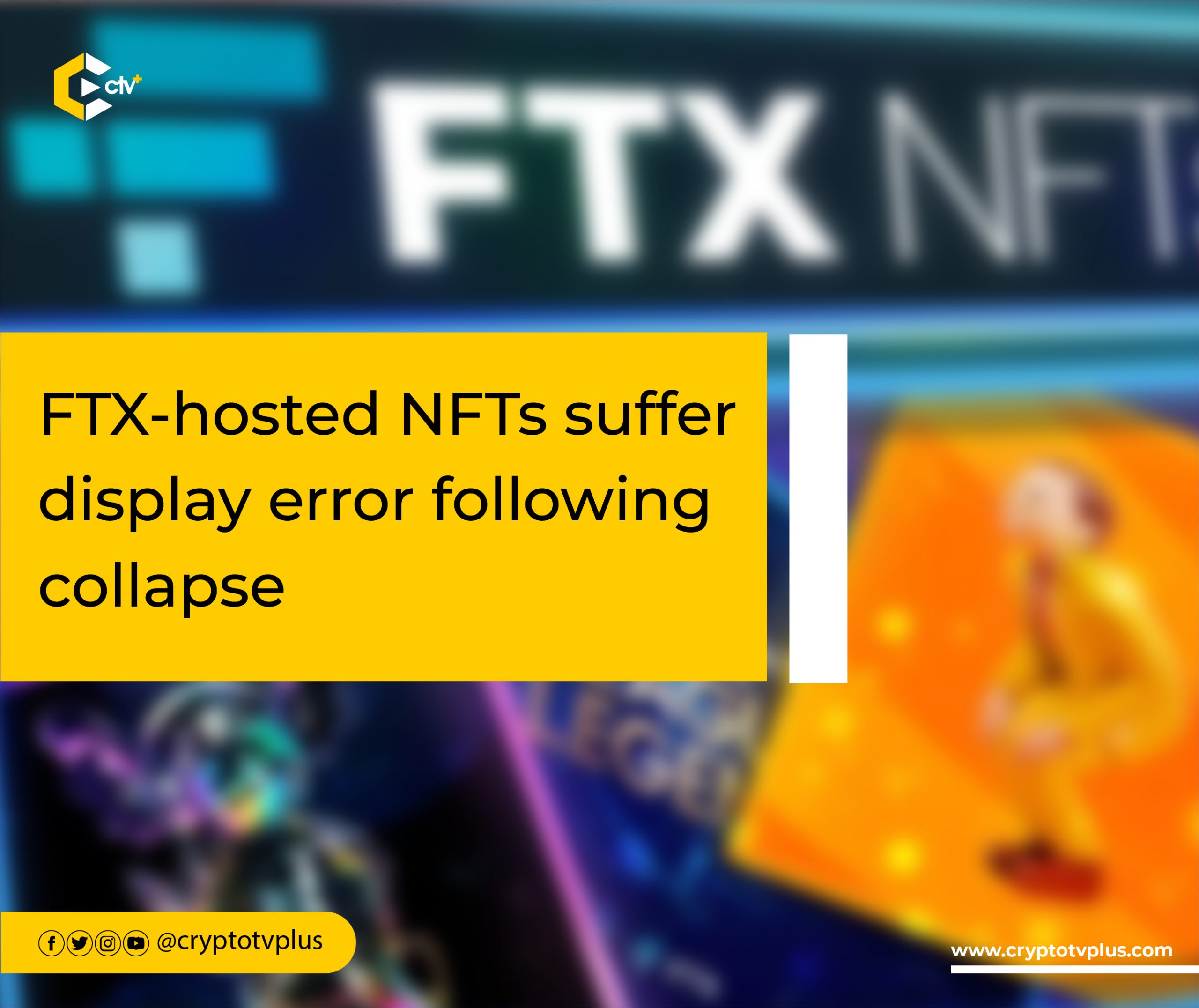News
FTX-hosted NFTs suffer display error following collapse

While FTX’s implosion shed light on the failings of centralised exchanges, it may have also revealed an underlying challenge in the NFT industry. Like the FTX NFTs, most NFTs are hosted on Web2 platforms such as Amazon Web Services (AWS) and Google Cloud. Following FTX’s implosion, holders have been unable to view their NFTs.
In a tweet, Solana engineer jac0xb.sol noted that the metadata of FTX-hosted NFTs now points to a restructuring website that shows information about the exchange’s ongoing bankruptcy proceedings. According to the engineer, the NFTs minted on FTX were hosted via a Web2 application programming interface, leading to display error.
After the FTX filed for bankruptcy, the FTX.us domain was entirely redirected to the bankruptcy proceeding page. As a result, NFT owners can still see that their NFTs exist. However, images cannot be viewed anymore, even when viewing them within wallets or listing them on NFT trading platforms.
With this, jac0xb.sol also called out to collections still hosting metadata on Amazon Web Services, suggesting that there is a “lesson to be learned” with how FTX hosted their NFTs using a Web2 API service. Furthermore, some users commented that this highlights problems with Web3 companies depending on centralised services like AWS or the Google Cloud Platform.
This practice has long inspired debates on whether NFTs exist on the blockchain since they mainly depend on external platforms. In a CoinTelegraph interview, Jonathan Victor, the Web3 storage lead at Protocol Labs, and Alex Salnikoc, Rarible’s co-founder, argued that NFTs are stored elsewhere rather than on the blockchain. They attributed this to the limited block space on layer-1 blockchains, such that it costs more data to store these tokens on the blockchain. Many layer-2 networks have become viable alternatives due to this challenge.
While this might be seen as an interoperable relationship between Web2 and Web3, the security risks in the former due to features like centralisation jeopardise interoperability between the two ecosystems. However, Web3 is also full of risks, which have negatively impacted adoption in the space. Nevertheless, a symbiotic relationship has been encouraged by Web3 and Web2.
The NFT ecosystem may have seen immense growth and adoption in the last two years, amassing a valuation of $3.0 billion this year, according to Markets & Markets. But Web2 infrastructure largely contributes to the ecosystem, despite desperate attempts to delineate both web ecosystems.
Read also;
- Hong Kong to regulate crypto exchanges using TradFi laws
- Here are the projects Jack Dorsey is working on

























Pingback: FTX-hosted NFTs suffer display error following collapse by Samuel Ikperu – CryptoTvplus Events: NFT, DeFi, Bitcoin, Ethereum, Altcoin Events